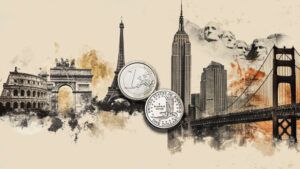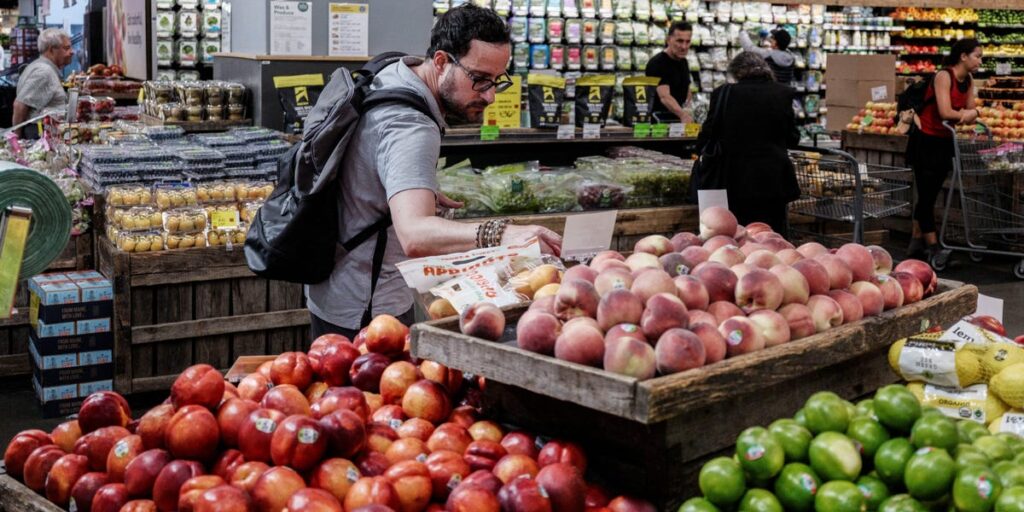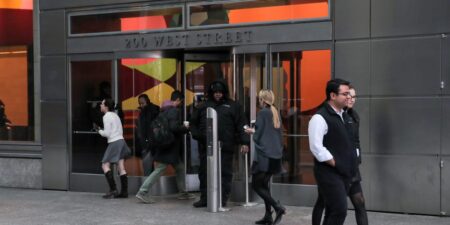Prices have not gone up as much as expected for consumers, but this might not last for long.
The latest Federal Reserve Board Beige Book, a publication that provides general information about the current state of the economy, mentioned tariffs 75 times and warns of price hikes as tariffs become more entrenched.
Across all 12 Federal Reserve districts, businesses told the Federal Reserve that tariffs have increased their costs either modestly or pronouncedly. Many manufacturers reported being surcharged by their suppliers, especially for raw materials used in manufacturing and construction.
While many businesses said they passed along costs to consumers through price hikes, others held off due to price-sensitive consumers, which affected their profit margins.
For instance, a manufacturing company in Memphis told the St. Louis Federal Reserve that it had raised prices significantly to offset the tariff cost on steel and aluminum, but a packaging company in the district is swallowing at least 10% in surcharge due to competition with larger manufacturers.
But the prices may not stay low for long as tariffs prolong.
“Contacts in a wide range of industries expected cost pressures to remain elevated in the coming months, increasing the likelihood that consumer prices will start to rise more rapidly by late summer,” wrote the Federal Reserve System in the July Beige Book.
“It seems that prices have gone up out of fear that prices will go up,” a construction materials supplier told the Federal Reserve.
The consumer price index, a broad-based measure of goods and services costs, shows that prices have not skyrocketed post-tariffs. In June, prices inched up by 0.3%, putting the 12-month inflation rate at 2.7%. This is mostly in line with analyst expectations, though it’s still above the Federal Reserve’s goal of 2%.
The Trump administration recently sent tariff letters to nearly two dozen trading partners, threatening duties as high as 50% starting from August 1. None of the four existing trade agreements with the UK, China, Vietnam, and Indonesia has yielded tariffs below 10%, suggesting that the baseline tariff imposed on April 2 may be here to stay.
Read the full article here
















